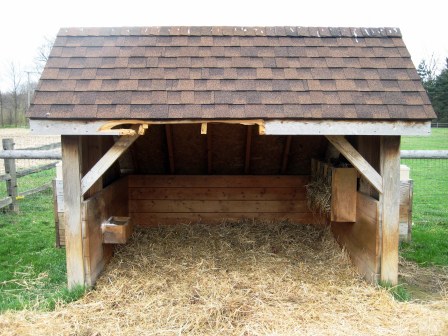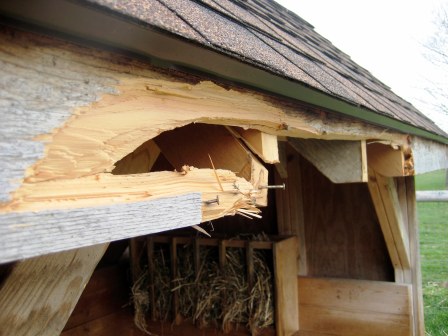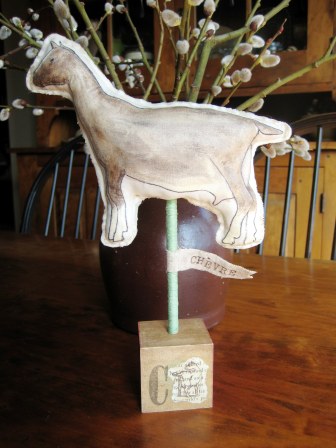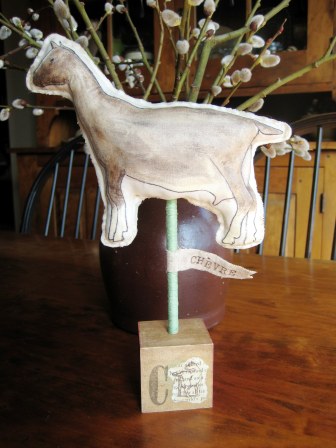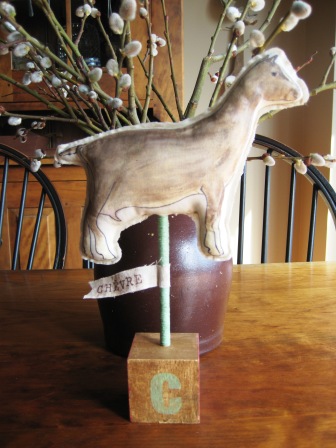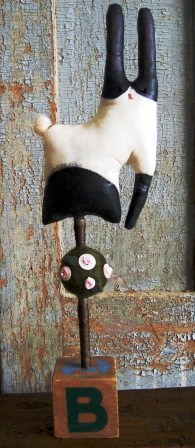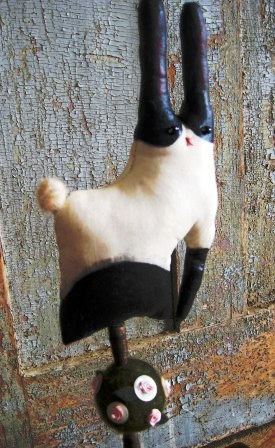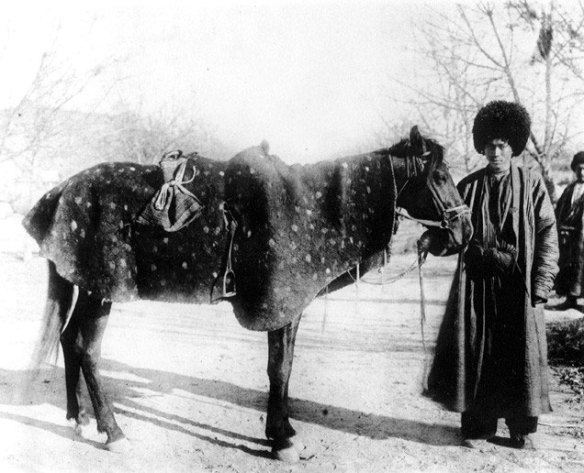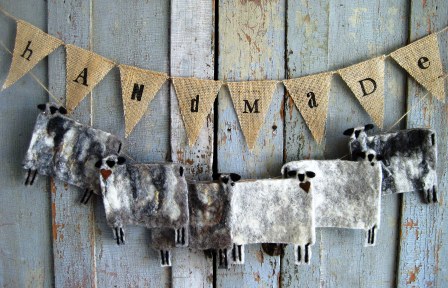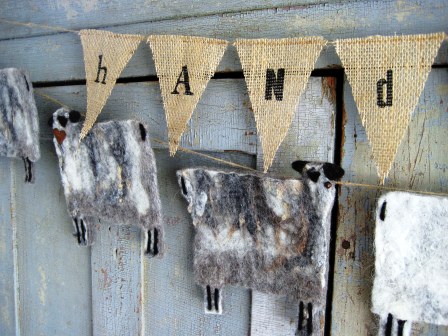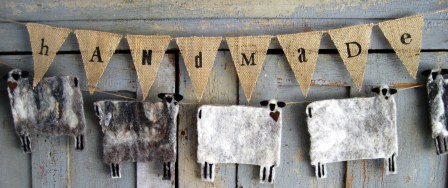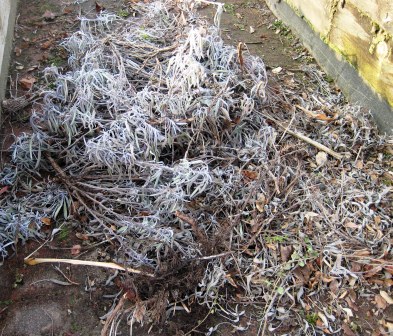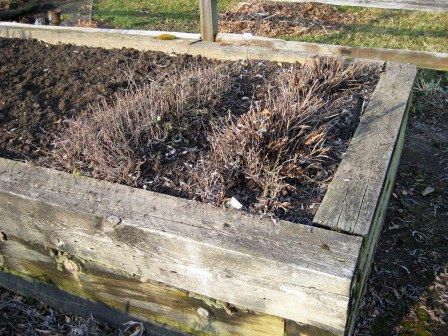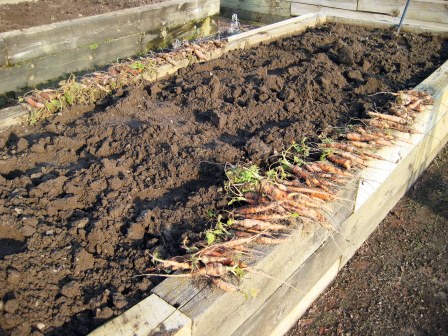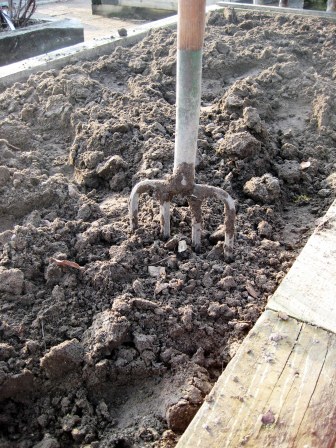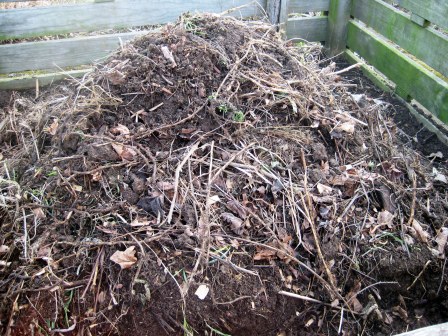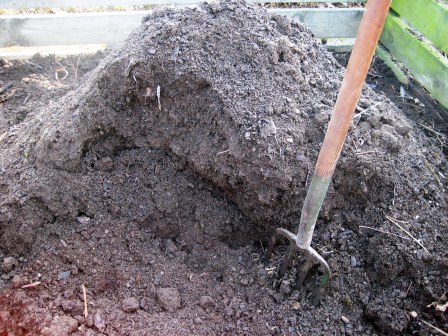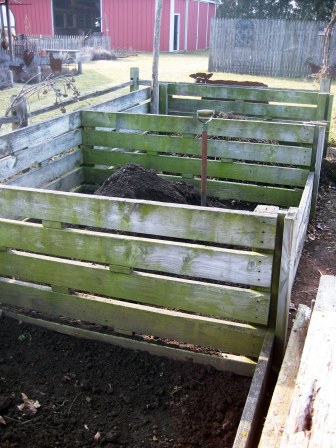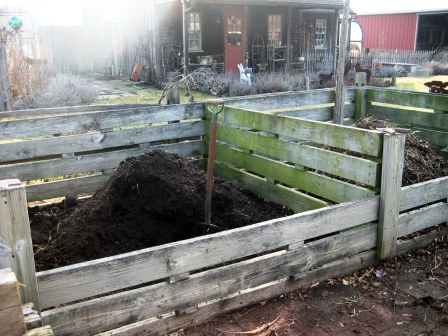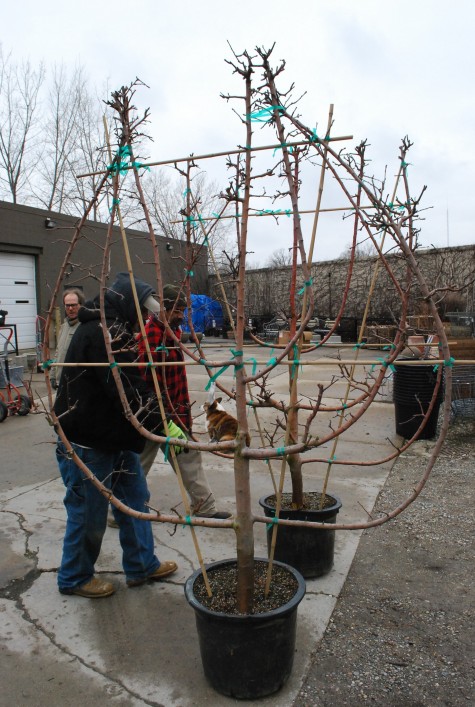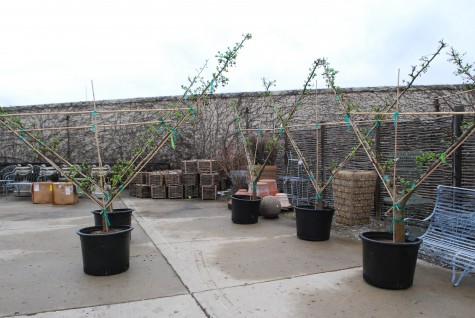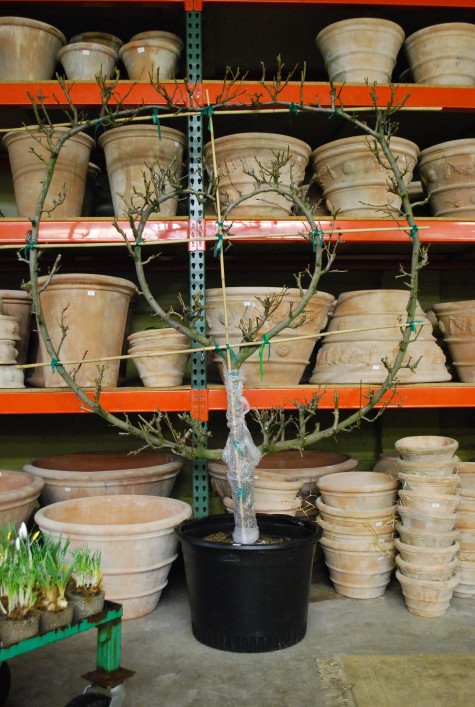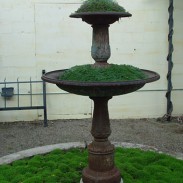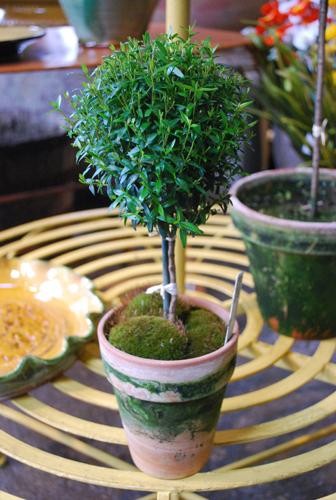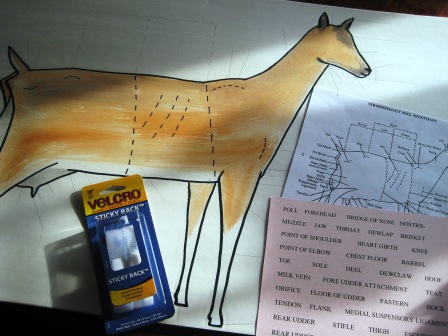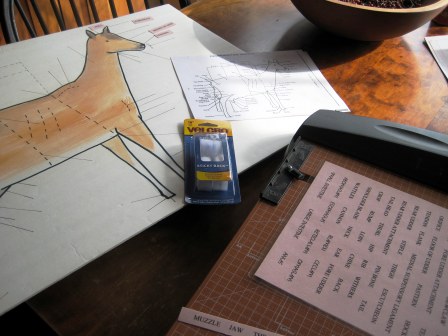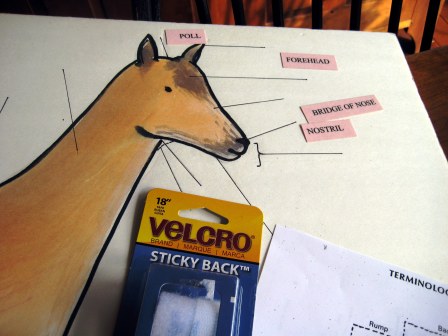Mulch is a garden must for me; it helps control weeds, maintains soil moisture, stabilizes soil temperature and the organic types promote microbial activity in the soil. Added value: it generally makes the garden look better! I don’t use mulch in ALL my garden areas, but in several gardens for different reasons.

Photo courtesy goodlifegarden.ucdavis.edu
BUT, if mulch is used improperly in the garden, it can be catastrophic…
Mulch is any natural OR synthetic material spread over the surface of soil in the garden or home landscape. Mulch may be utilitarian and/or decorative. In any case, the benefits of mulch include:
- reducing soil moisture evaporation
- ensuring a more even soil moisture supply
- reducing or preventing weed growth (this is a biggie!)
- insulating soil from extreme temperature changes (during winter)
- preventing mud from splashing on crop surfaces thereby reducing ‘disease’
- reducing fruit rot in melons, strawberries, and tomatoes
- reducing soil crusting, erosion & compaction
- improving neatness of the garden or landscape
Organic mulches like grass clippings or compost may also serve as a slow-release source of nutrients for plant growth. Consequently, earthworms feeding on organic mulches will enrich the soil with their castings and also help to aerate the soil. Organic mulches may, however, encourage some pests like sow bugs, snails, and slugs. Avoid thick layers of organic mulches, around fruit trees (and several inches away from trunk) which may shelter rodents. HINT: Minimize mulch near building foundations to reduce insect activity.

Don’t do this!
Mulch Effects on Soil Temperature
The time of year to apply a mulch depends on the type of mulch you wish to apply and your objectives. Clear and black plastic mulches can be applied early in the spring to vegetable gardens to warm the soil before planting. Black plastics are often preferred, as they will exclude light and discourage weed growth. Clear plastics are occasionally used to warm soils more rapidly and to solar-sterilize soils in the summer to kill weed seeds and disease organisms (and ‘beneficials’ too!!) before planting.
When using natural mulch in veggie gardens, they’re usually applied in the spring after the soil has warmed-up. Otherwise, the soil may remain cold longer and slow down plant growth. If growing veggies from transplants, apply mulch sparingly initially until plants develop good root system. Applying natural organic mulches and white plastic in the summer will help to cool soils. This is important for crops like strawberries, which do not tolerate extreme heat.
In the fall, applying natural organic mulches in the garden before cold weather will help insulate the soil and extend the growing season. Potatoes, carrots, and parsnips can be stored in the ground during the fall and winter using a straw mulch to keep the soil from freezing. Straw placed around blackberry canes in the fall will help reduce winter kill problems.
Various rock mulches can be combined with underlying perforated plastics or landscape fabric (weed barrier) and is used commonly in large landscape planting beds. Reflected light from white rock under windows with western and southern exposures will help warm your house in the winter. Dark colored rock will retain heat in the landscape and may offer some frost protection (reradiated heat).
Applying Mulch
Most coarse, natural organic mulches like straw, bark, and wood chips should be applied 2-3 inches deep over the whole area to be mulched. Grass clippings (no more than 1-inch depth) should be allowed to dry out before applying them as a mulch to keep them from matting. Woody material should not be incorporated into the soil, as it will tend to tie up nitrogen in the soil making it unavailable for plant uptake. (Nitrogen in a basic nutrient for healthy plant growth.) Do not allow moist organic mulches to come directly in contact with seedlings as they may cause seedling disease problems like “damping-off.” Mulches are generally applied to most crops after they have emerged or around transplants.
Plastic mulches should be perforated to allow air and water movement into the soil. Holes cut in unperforated plastic for vegetable transplants should be large enough to accommodate air and water movement around the bases of the plants.

Types of Mulches
The selection of a mulch will depend on its availability, cost, the crop to be mulched, and the season of the year. Almost any material that insulates well yet permits gaseous exchange and moisture penetration will make satisfactory mulch. Good mulch should not need frequent renewal and should be non-toxic to plants, easy to apply, free from disease and weed seed, and not be so absorbent that it can take moisture away from plants. It should not pack, blow, wash, ferment, or burn easily. Check with your local university or agricultural extension office for best recommendations in your area!
Natural Materials
Bark/wood chips – Bark offers outstanding effectiveness and appearance. As it decomposes, its high carbon content may cause nitrogen deficiency in plants.
Coffee grounds – This material has rich color and is high in nitrogen and some trace elements.
Compost – Use finished (well-cured) compost by itself, under other mulches or mixed with soil before planting.
Corn cobs – Medium ground cobs; additional nitrogen may be necessary if corn cobs are mixed with soil.
Cornstalks – Cornstalks are very good shredded, or as whole stalks laid over other mulches in vegetable gardens. They are good for winter mulch.
Cover crop – Any crop, preferably a legume (to fix nitrogen), that can be grown on spare land and cut, can be used for mulch.
Grass clippings – Grass will mat and ferment if used fresh in a thick layer – not allowing water to permeate and air circulation. Use dry grass clippings and in a thin layer (no more than 1-inch). It is better mixed with other dry mulches. Do not use clippings if lawn has been treated with herbicides.
Gravel, marble chips, crushed stone – Pea gravel or larger can be used over a weed barrier or alone. These mulches tend to warm the soil, so use them for heat-loving plants. Do not use marble around acid-soil loving plants.
Hay and field grass – Hay and field grass should be mowed before it goes to seed. Legume hays are rich in nitrogen. Loose hay will blow in wind and these mulches can carry weed seed.
Leafmold – This mulch is best placed around shrubs and on bare plots as leaves fall. Shred the leaves to keep them from packing.
Manure – Use well-rotted and strawy manure for best results, and watch out for weed seed. Use manure sparingly on vegetable gardens, roses, and other plants. Fresh manure can burn tender roots and can smell during the first couple of days after application.
Pine needles – Pine needles are a very good mulch, especially for acid-soil-loving plants (such as strawberries). Pine needles are light, airy, and attractive but can be a fire hazard.
Straw – This is a good general mulch used for winter protection and on paths between vegetable rows, but it may carry weed seed.
Synthetic Mulches
Cloth – Burlap is sometimes used between rows in vegetable gardens.
Newspaper – Use three to six sheets thick and cover it with organic mulches for better appearance and to speed decomposition.
Plastic film – These mulches are unattractive alone. For best results, plastic should be well perforated to allow aeration and moisture penetration. Clear plastic warms soil but permits weed growth, whereas black plastic warms soil and deters weed growth. White plastic cools soils and deters weed. Other colors are available and have various effects on plants.
Woven weed barrier – This mulch allows moisture and oxygen to penetrate the soil, encouraging roots to penetrate more deeply. Use it in landscaping as a substitute for black plastic. It deters weed growth.
Resources: MSU Extension & NMSU: Mulches for Gardens and Landscapes.
Happy gardening!

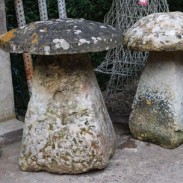
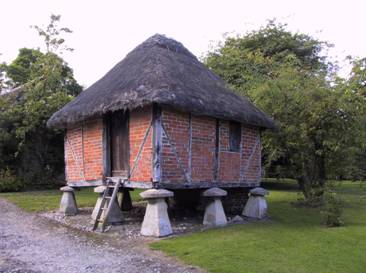
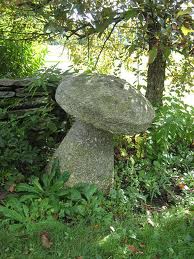
 m) n.
m) n.